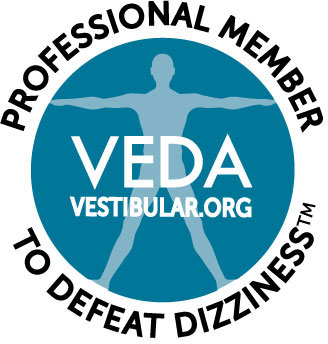Migraines are severe chronic headaches that often run in the family and can worsen over time. While there are many causes of headaches and migraines, including stress, injury and visual problems such as binocular vision dysfunction, a person’s dietary choices can have a lot to do with the frequency of their headaches. What we put into our bodies has a huge influence on how we feel and our overall health. While the foods that trigger migraines vary for everybody, a survey by the National Headache Foundation suggests that at least 30 percent of all migraines are caused by diet.

The Headache Threshold
There’s a book by a famous neurologist from Johns Hopkins University about the link between migraine and diet triggers. He believes all migraines can be controlled with a very strict diet. While his views may be a little extreme, I believe there’s definitely a place for the evaluation and control of one’s diet as a way to alleviate migraines. This particular neurologist has a theory that we all have a headache threshold, and for some people it’s very low. If we’re exposed to multiple headache triggers at a time and reach our individual threshold, that’s when the headache starts. For patients who also have binocular vision dysfunction and suffer from headaches and dizziness, it’s clear to see how this condition could easily put them over their headache threshold in our highly visual digital world.
Pinpointing Dietary Triggers
The trick for people who suffer from migraines is to figure out their own specific triggers. When it comes to food, a lot of people are familiar with some of the most common migraine triggers – alcohol, chocolate, caffeine and MSG – but there are many others. It can be hard to identify exactly what those triggers are, but keeping a detailed food diary will help pinpoint them. It can take up to a full day for a food trigger to bring about a headache, so when you feel one coming on, be sure to document what you ate in the 24-hour period before that. Do this over the course of 20-30 headache occurrences for the most accurate results.
An Easier Way to Identify Food Triggers
If you’re still struggling to figure out which foods are causing your migraines, implementing an elimination diet may be necessary. However, a complete elimination diet, which removes all foods and gradually adds them back in a day at a time, can be extremely frustrating and time- consuming.
Fortunately, the doctors at the Neuro Visual Center of New York, which specialize in the optometric treatment of migraines and dizziness, are able to test patients for food triggers in a way that is much less stressful and tedious. The use of high-tech equipment and techniques is very effective in diagnosing and treating eye conditions that can be detrimental to your health, such as subtle eye misalignments caused by vertical heterophoria. In addition to treatment via specialized techniques, Drs. Cheryl and Marissa also counsel patients about beneficial dietary changes, both of which can help reduce headaches and dizziness while also improving vision and enhancing quality of life.
Get Help to Resolve Chronic Migraines
If you’ve received treatment for recurring migraines but aren’t experiencing relief from your symptoms, your diet may be the problem. For more information on the drug-free way to treat headaches, give the team at the Neuro Visual Center of New York a call at (516) 224-4888.






